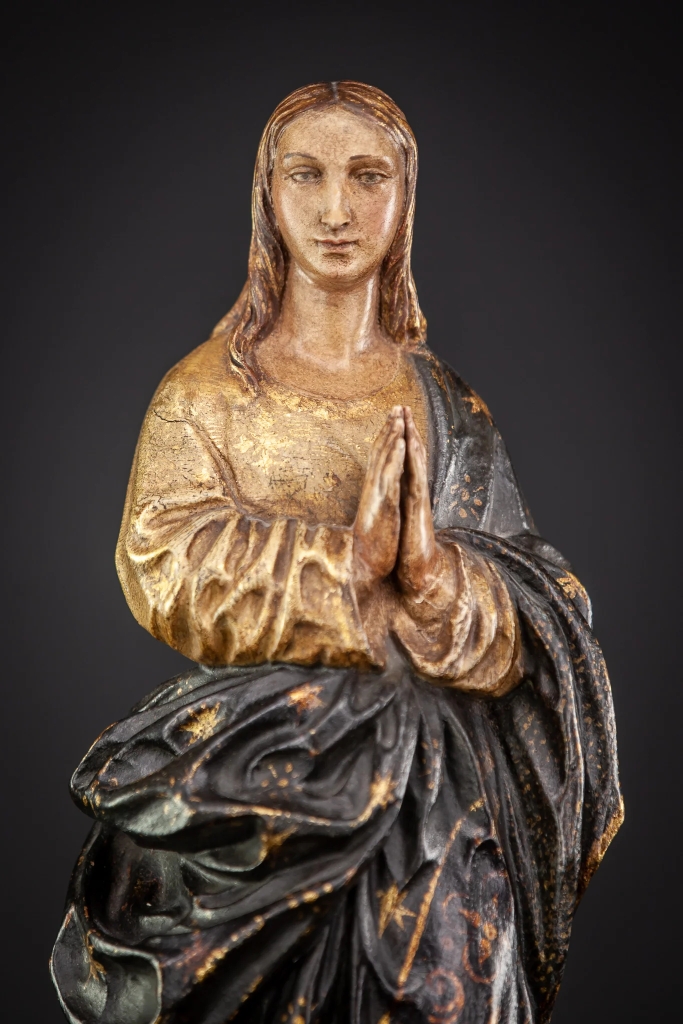Jeremy Taylor was born at Cambridge in 1613 and ordained in 1633. He was a Fellow of two Cambridge colleges, and chaplain to Archbishop Laud and to King Charles. These connections led to his imprisonment once the Puritans came to power after 1645, and him being forced into retirement as a family chaplain in Wales. After the Restoration of the monarch, in 1661, he became Bishop of Down and Connor in Ireland. Among his many books on theological, moral, and devotional subjects, the best known are The Rule and Exercises of Holy Living (1650) and The Rule and Exercises of Holy Dying (1651), usually cited simply as Holy Living and Holy Dying.

These books especially led him to being referred to as ‘the Shakespeare of divines’ do to his classic prose style. Taylor’s devotional writings, while reflecting his own Anglican theological commitments, resonate deeply in the older Christian tradition. This is certainly true for a lovely prayer of his asking God for the grace to imitate the virtues of Mary. He does not address Mary directly, but does reflect in his entreaties some traditional doctrinal and even mystical concerns with deep roots in ancient and medieval sources. This prayer is very rich indeed in its theological and devotional content. He follows the ancient council of Ephesus in honouring Mary as Mother of God, or Theotokos, reflecting the common orthodoxy of East and West. There is also the rich idea of living fellowship and ‘converse’ with angels, so resonant with medieval and Celtic Christian sensibilities; and ultimately the best way to honour Mary is to ask for grace from God to imitate her and her virtues. One also finds here the idea found in many medieval mystics of conceiving and nourishing Jesus in our own souls, and finally bringing Him into the world, manifesting in a rich, serious and joyful Christian life.
At this, I will leave this lovely prayer to speak for itself:
O Eternal and Almighty God, who didst send Thy holy angel in embassy to the Blessed Virgin Mother of our Lord, to manifest the actuating of Thine eternal purpose of the redemption of mankind by the incarnation of thine eternal Son; put me, by the assistance of thine divine grace, into such holy dispositions, that I may never impede the event and effect of those mercies which in the counsels of thy predestination Thou didst design for me.
Give me a promptness to obey Thee to the degree and semblance of angelical alacrity; give me holy purity and piety, prudence and modesty, like those excellencies which thou didst create in the ever-blessed Virgin, the Mother of God: grant that my employment be always holy, unmixed with worldly affections, that I may converse with angels, entertain the holy Jesus, conceive him in my soul, nourish Him with the expresses of most innocent and holy affections, and bring him forth and publish him in a life of piety and obedience, that He may dwell in me for ever, and I may forever dwell in Him, in the house of eternal pleasures and glories, world without end.


A lovely prayer. (I had never thought to “converse with angels” as being part of the Christian way.
LikeLike
Yes, it is so rich!
LikeLike